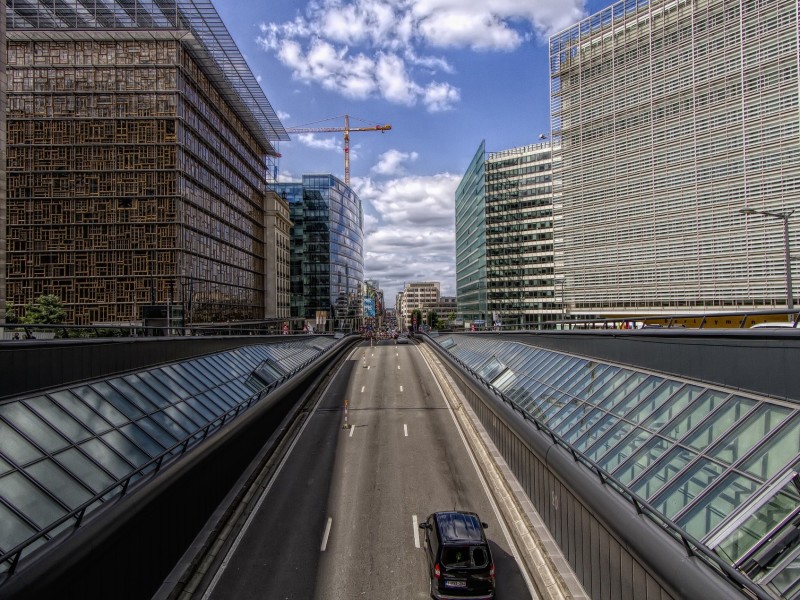Implementation LEZ Brussels
16061
From 2016 to 2017
In preparation for the Brussels low-emission zone, TML and Traject investigated measures to encourage households and businesses to change behaviour and reduce mobility poverty. TML was responsible for the quantitative analysis and cost-benefit analysis, which led to the introduction of some regional measures.
The Brussels Capital Region introduced a low-emission zone in January 2018 to improve urban air quality. In preparation, TML, and project partner Traject conducted a study on accompanying measures to encourage Brussels households and businesses to make the desired behavioural change and to effectively minimise potential mobility poverty effects. A number of the proposed accompanying measures have since been effectively implemented. The study included a thorough benchmark study of other big cities that introduced an LEZ, a stakeholder analysis via focus groups among various stakeholders, and an identification of the socio-economic and mobility profiles of the individuals and companies involved. Finally, through a cost-benefit analysis, the resulting list of measures was ranked according to desirability.
Within this project, TML mainly took care of the quantitative part. Besides external data sources, we were also able to rely on our own data sources for this purpose. For instance, the MOVEET model, which was developed by TML itself, was used within this study to get a good indication of the number of vehicles per age class. TML was also responsible for the cost-benefit analysis of the measures.
The result of the study is a confidential advisory report in which the proposed accompanying measures were thoroughly substantiated.
Following this report, the Brussels Capital Region decided to introduce the following measures:
- Providing additional exceptions, such as for market vehicles.
- The provision of 4 P+R car parks.
- Subsidies, such as a reform of the Bruxell'AIR modal shift subsidy to a more flexible mobility package and a new subsidy to support small businesses to replace their vehicles.
- Launching a study to establish a Mobility Point.
- Establishing a transition period until October 2018: warnings only.
The report is confidential. More info on the study is available in the attached PowerPoint. All info on the introduction of the low-emission zone in the Brussels Capital Region can be found on their website.


